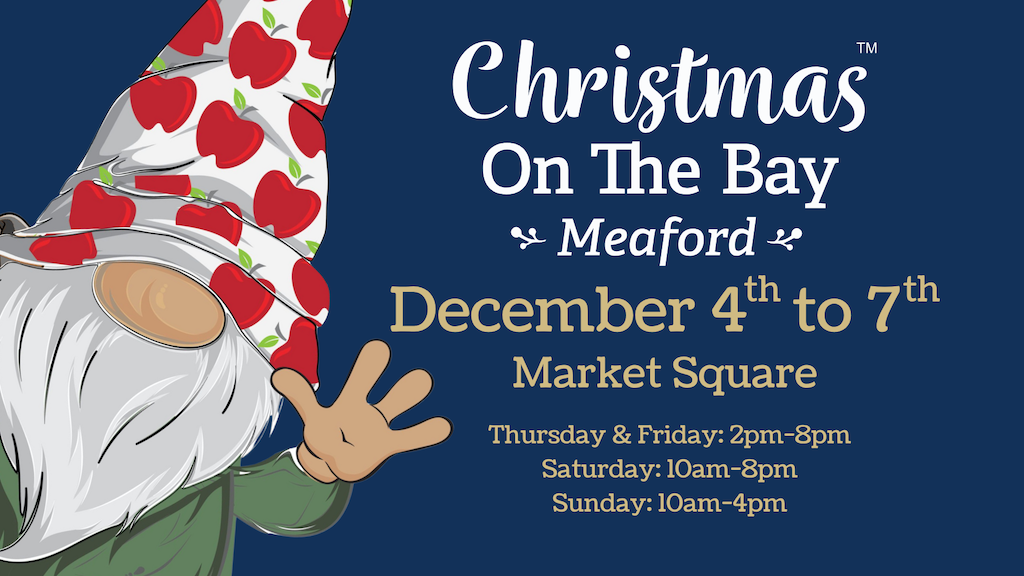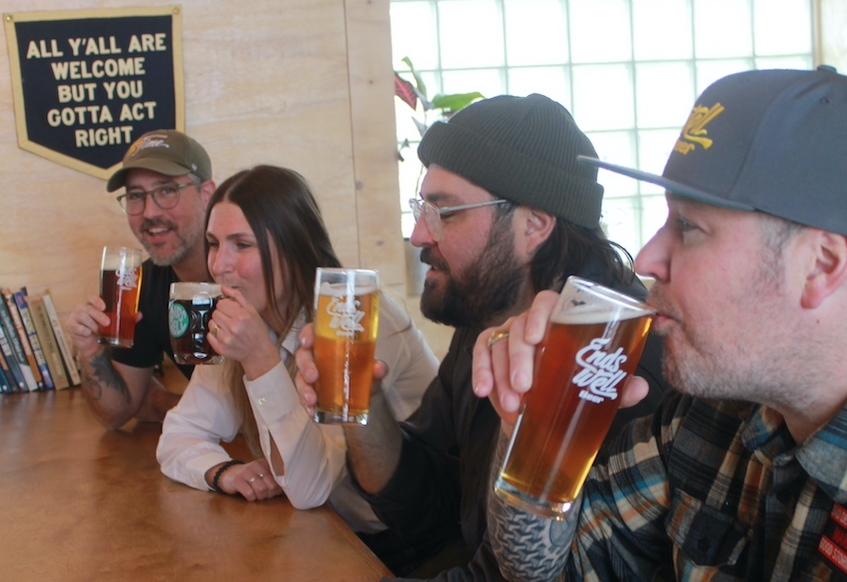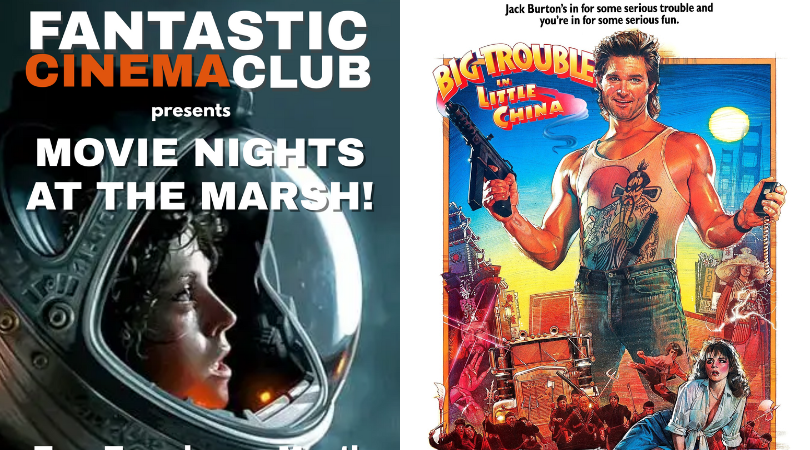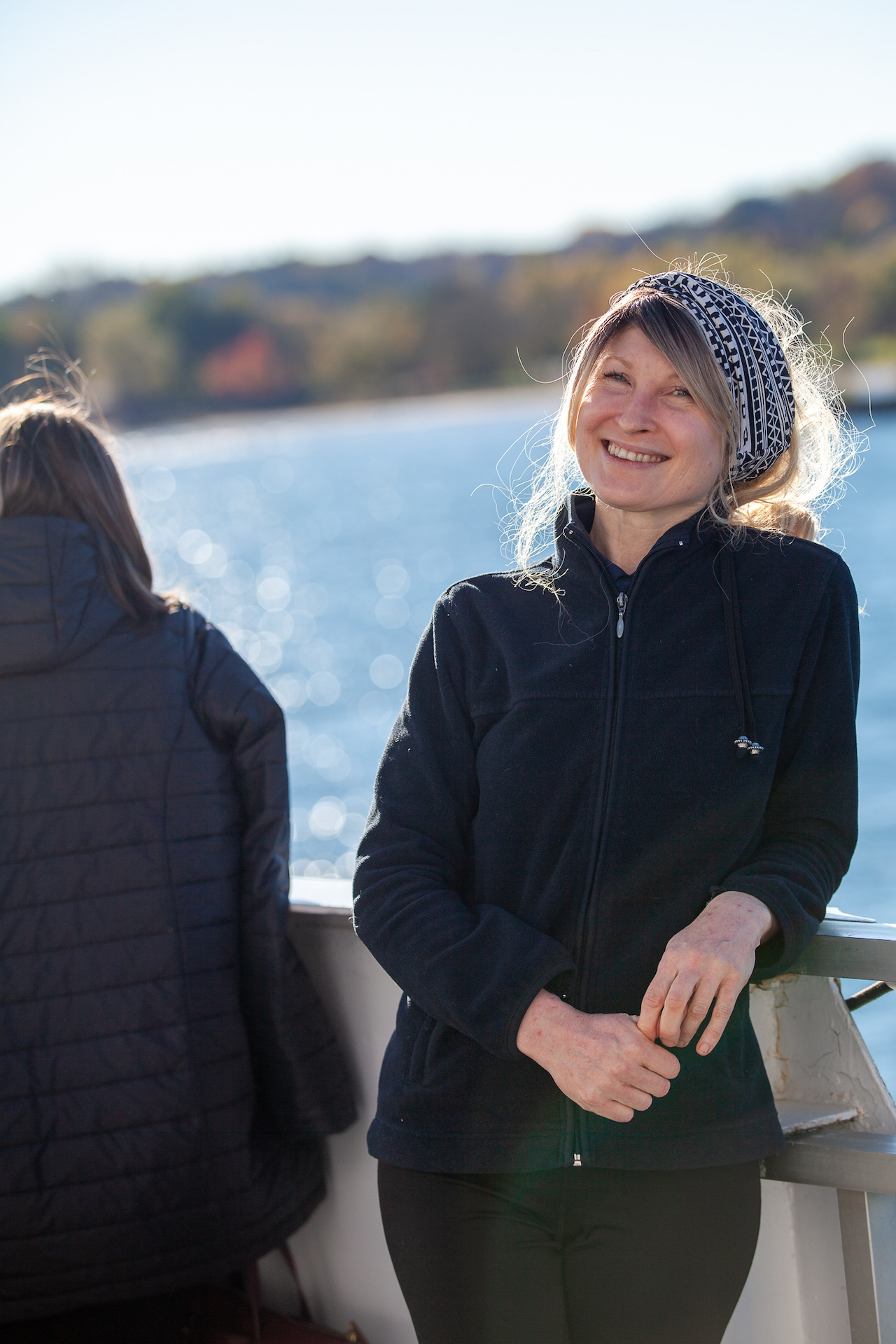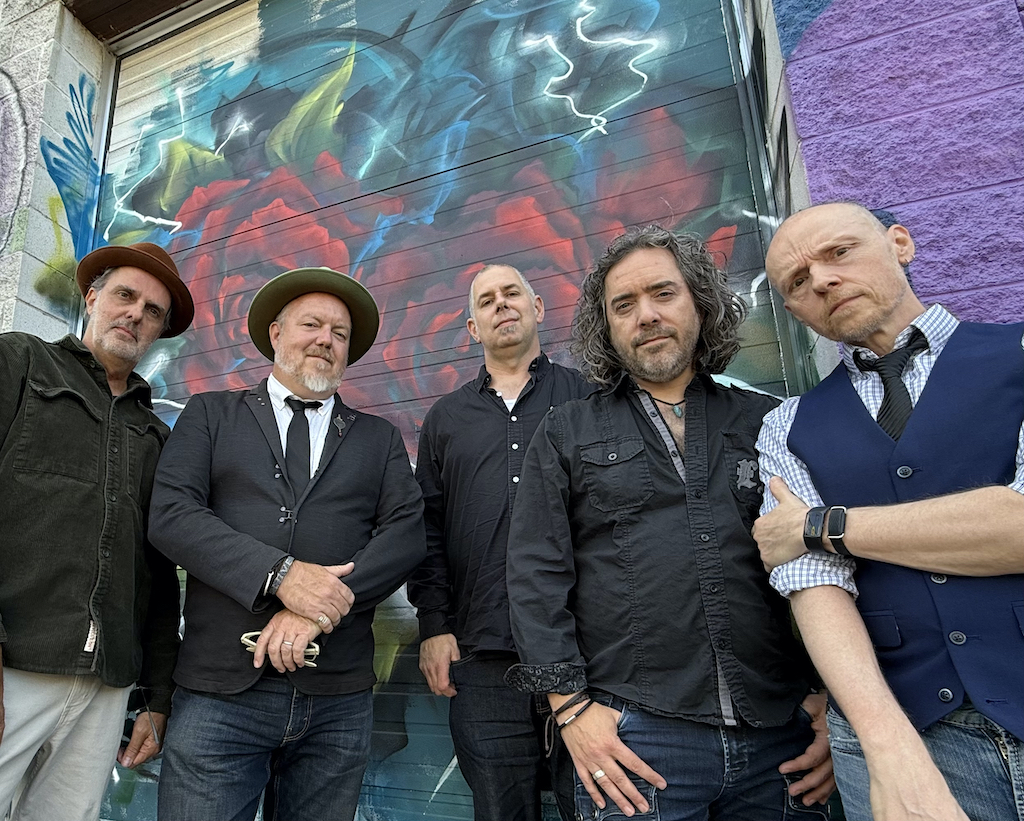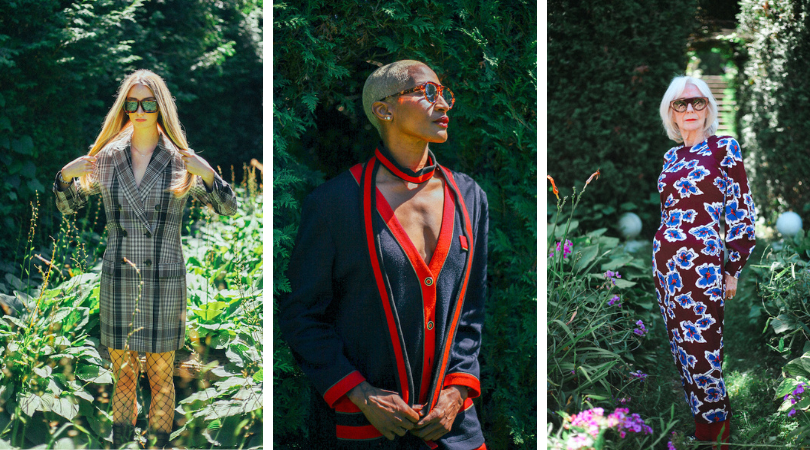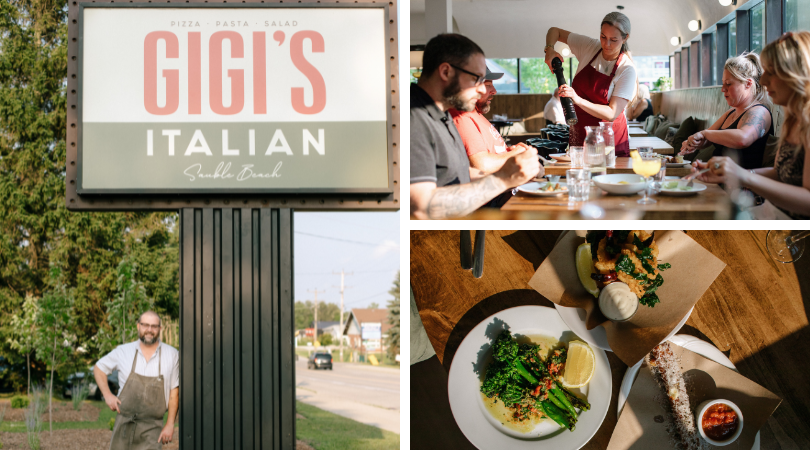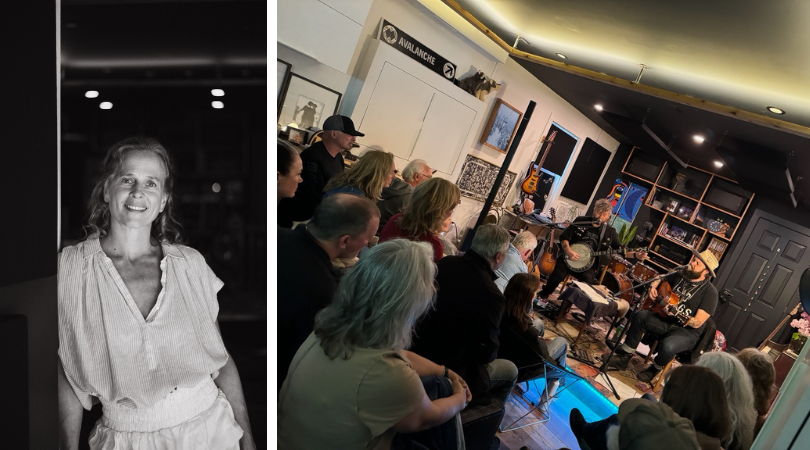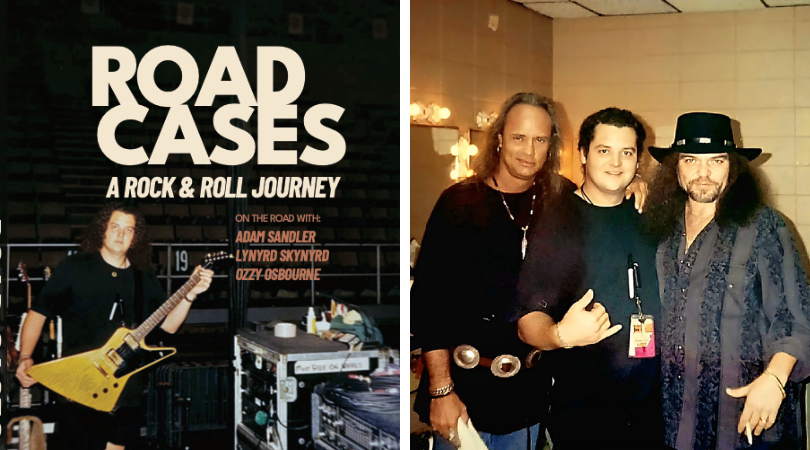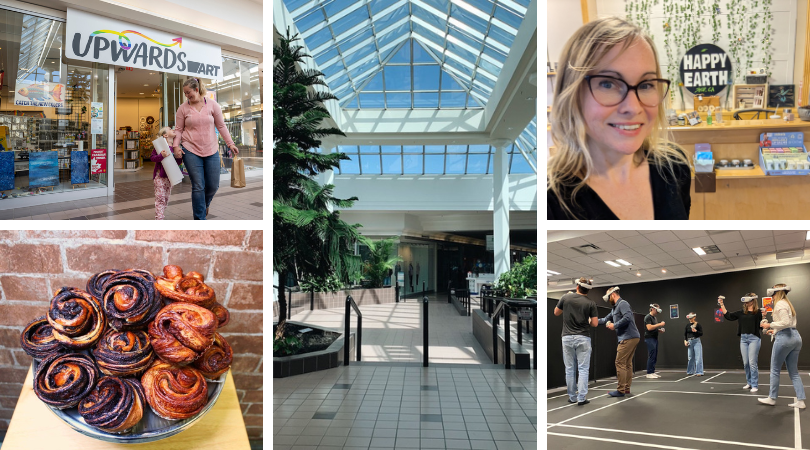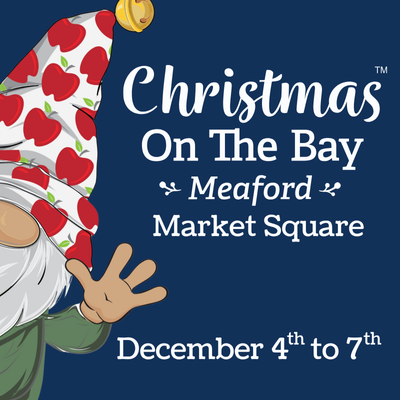Vanessa Aragona’s journey into pottery began as an unexpected gift—a lifeline in a moment when life felt like a series of endless motions.
After completing her studies in Design and Architecture, she spent her days on the West Coast working, traveling, and moving from one task to the next. Like many of us, she experienced the burnout that often comes with the relentless pace of everyday life. She was searching for balance but didn’t yet know where to find it. That’s when a dear friend extended an invitation that would shift her path entirely. Pottery lessons with her friend’s mother, Jacqueline Stanford, a seasoned and talented potter, became Vanessa’s first introduction to clay.
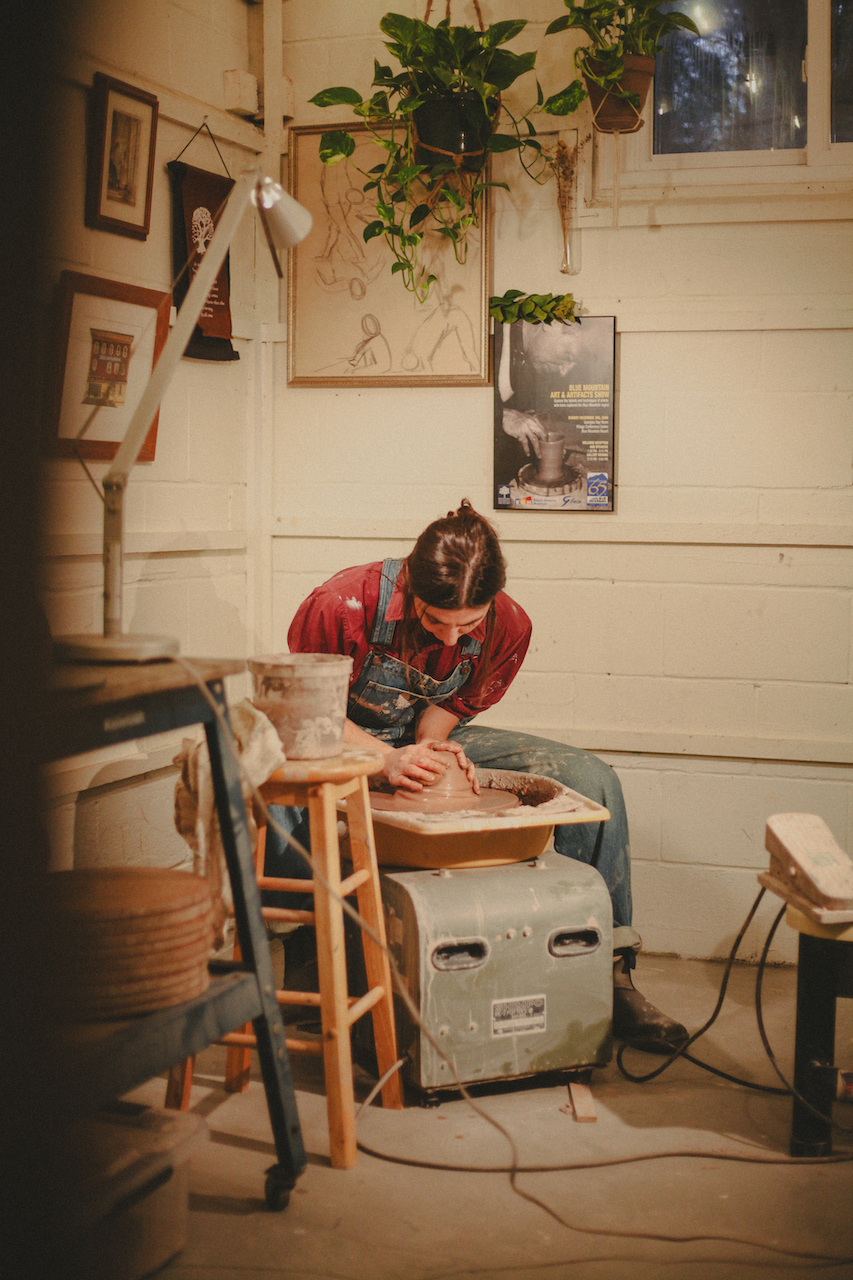
In Jacqueline’s basement studio, something clicked for Vanessa; not in the technical mastery of pottery, which she candidly admits is a layered and challenging process, but in the emotional connection she felt.
For the first time in years, she accessed a state of deep concentration, where her mind and body aligned, focusing solely on the act of creation. This flow state was meditative, offering her a kind of peace she hadn’t experienced in a very long time. “This was meditation,” she reflects. “It’s something I’ve never truly been able to access in other forms.”
The tactile nature of pottery was what drew her in, allowing her to slow down and focus entirely on the present moment. Working with clay was both grounding and transformative, an act of mindfulness she hadn’t realized she needed. Vanessa describes it as a way of making with her hands that reconnected her to herself, giving her a space to simply be.
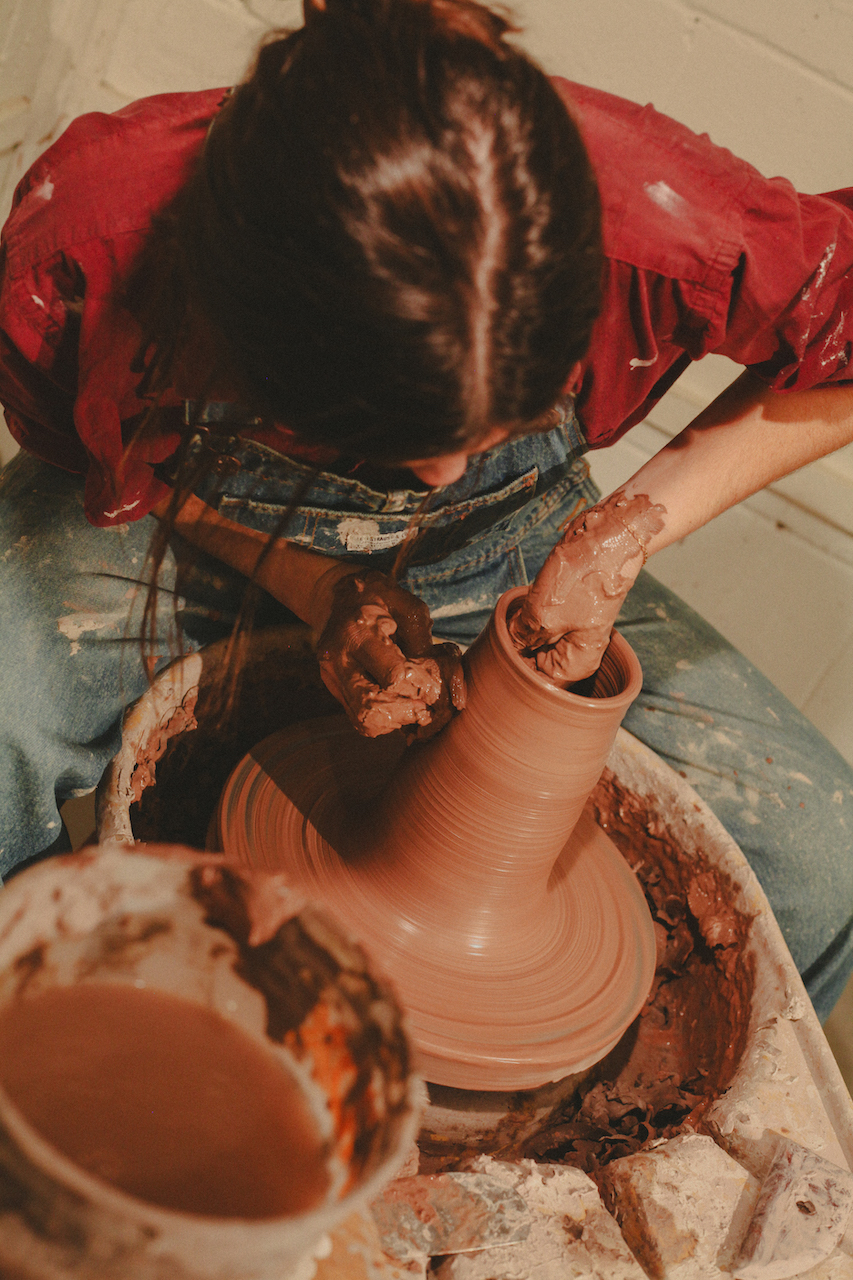

This is where VARA studios began. It was initially a personal space to share both the triumphs and the missteps of the creative process. It was born out of a desire to normalize learning, embrace imperfection, and ease the pressure to excel immediately. “Even now, I make it a point to share my mistakes because they serve as a reminder that no one is perfect—despite what social media might suggest.” It also allowed her to track her progress and eventually people wanted to buy her work. “It took me a little while to let go of perfectionism. One of my best friends would be the constant recipient of almost all the work I deemed as ‘failed’, but she loved them so much that it made me rethink how I was approaching my work and embrace the uniqueness of pieces.”

When she moved back to Ontario, Vanessa faced new challenges but remained dedicated to her craft. Her early days as a potter were filled with hard work and creative problem-solving. She recalls hauling her unfinished pieces through snowstorms to Guelph to be fired, driving hours to complete each step of the process and the stress of making sure nothing would break. The commitment wasn’t just about logistics—it was about staying connected to what had become a lifeline for her.
With time, she secured a second-hand pottery wheel and began working in the confines of a tiny storage room. She laughs now, remembering how cramped the space was, but it didn’t stop her. Instead, it fueled her determination. It was in this makeshift studio that she started finding her artistic voice and reaching out to her community. These connections became essential, allowing her to grow as an artist and teacher while building relationships that shaped her practice.
Vanessa is passionate about the dual roles she plays in her craft. For her, being an artist and a teacher are inseparable. Teaching allows her to reflect on her own process, constantly evolving her approach as she learns from her students. Her style, which blends mid-century modern influences with traditional European design, is ever-changing, as she pushes herself to explore new forms, glazes, and techniques.
She embraces the delicate balance between utility and aesthetic pleasure. VARA studios blurs the lines between art, craft, and design, exploring how we perceive and experience the material world. In her own words, “It’s important to investigate and experiment how beauty and function intersect, creating objects that ask us to pause and appreciate the richness in simplicity.”

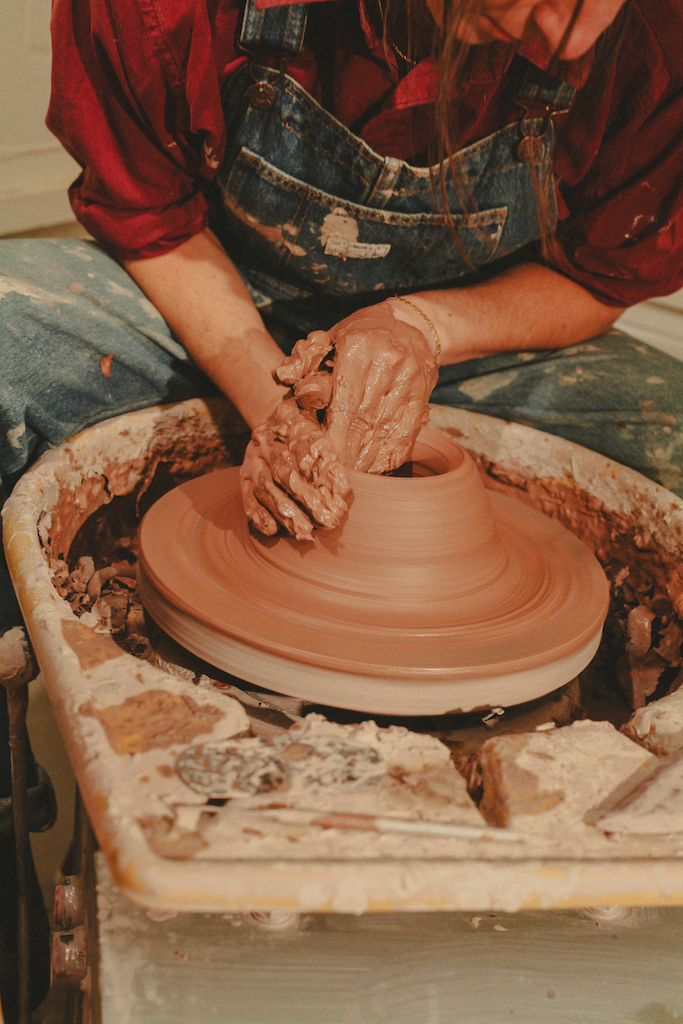
After years of working in shared spaces, she finally created a studio of her own. It’s an intentionally stripped-down space, true to her roots and reminiscent of her first lessons with Jacqueline. “It’s not very Instagrammable, and there aren’t any bells or whistles,” she says with a laugh, “but it’s where you can come as you are and you’ll learn – not just about pottery, but about yourself.” Her studio reflects her philosophy: creativity thrives in simplicity.
Her teaching focuses on the joy of discovery. In her classes, she emphasizes “non-attachment making,” encouraging students to play, experiment, and let go of perfectionism or the end result. This approach translates into her own life, as she finds parallels between working with clay and navigating challenges. Pottery has taught her patience, resilience, and the value of slowing down in a world that demands speed and productivity.
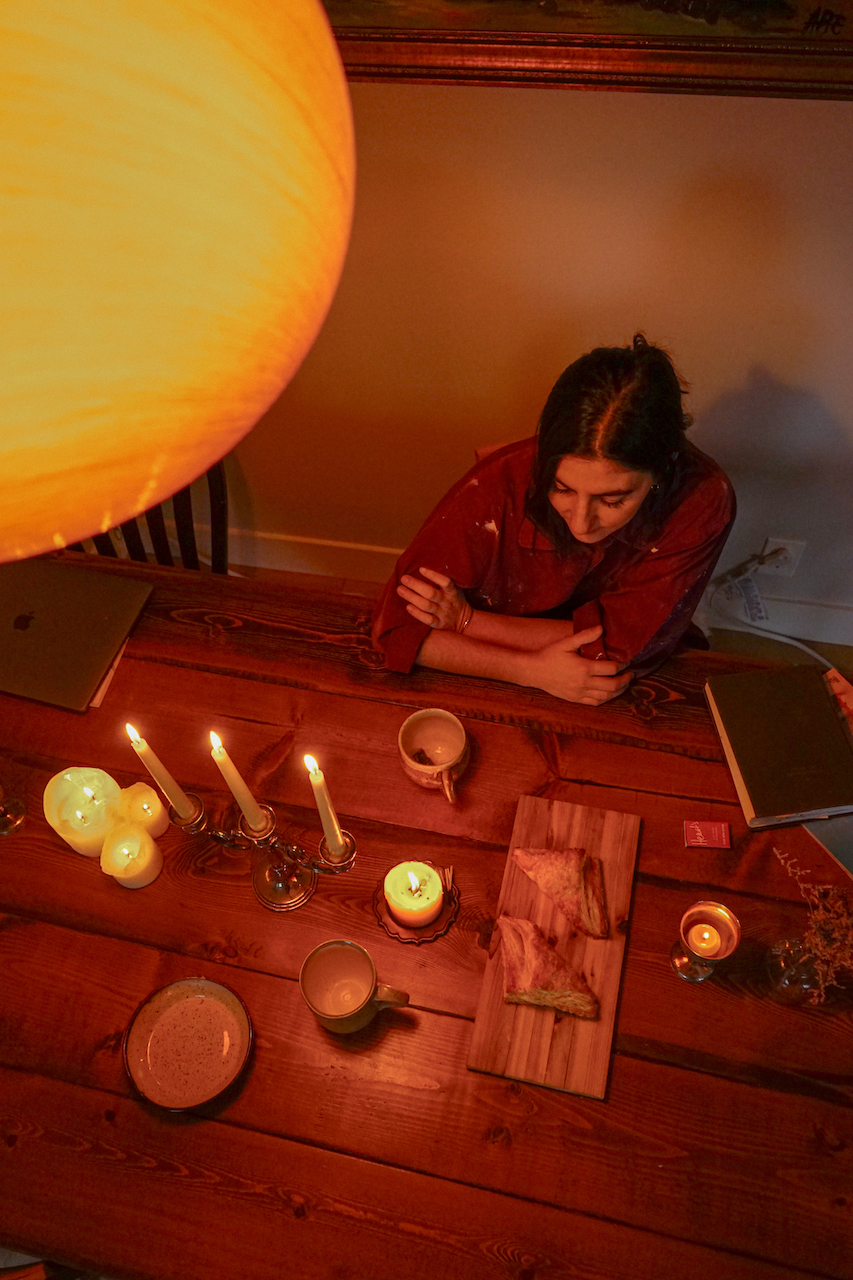
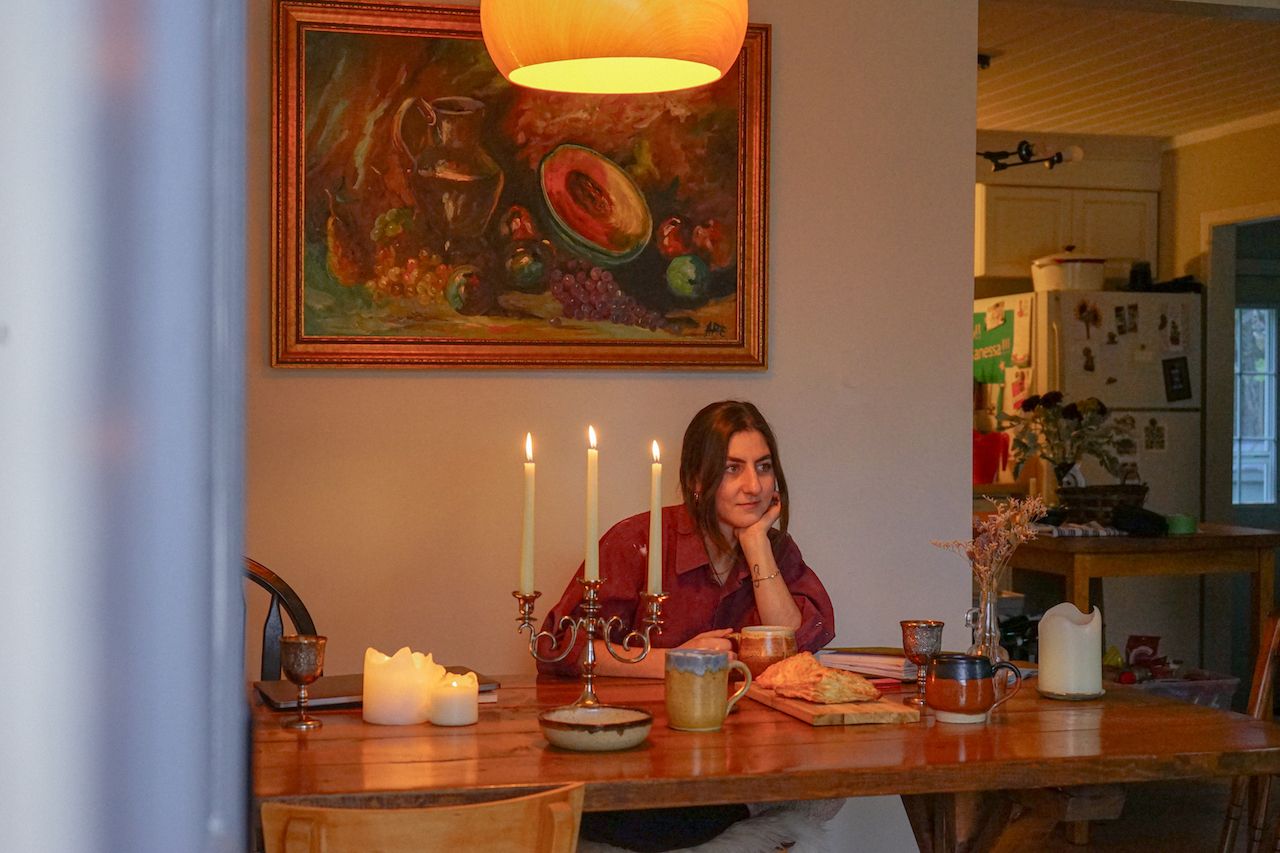
Looking ahead, she envisions VARA as becoming a bridge between her creative past and future ambitions. She dreams of residencies where she can merge her background in design and architecture with her love for clay, creating innovative works that blend art and functionality. She’s also drawn to the therapeutic potential of ceramics, considering ways to expand her practice into clay therapy workshops.
When I visited her studio, Vanessa offered me my first pottery wheel lesson. With patience and care, she showed me how to position my body, lean into the process, and center the clay. More than anything, she created a space to play, free from judgment or pressure. For me, as a fellow artist, the experience was therapeutic—a reminder of how healing it can be to create without attachment.
For her, pottery is more than a craft. It’s a lifeline that saved her and shaped her, a foundation for growth, learning, and connection. It’s a space where creativity and wellness intertwine. With her hands, she’s created not just beautiful objects, but a life that reflects her values: creativity, community, and well-being; all from the endless potential of clay.
Words and photos by Erin J Coholan



